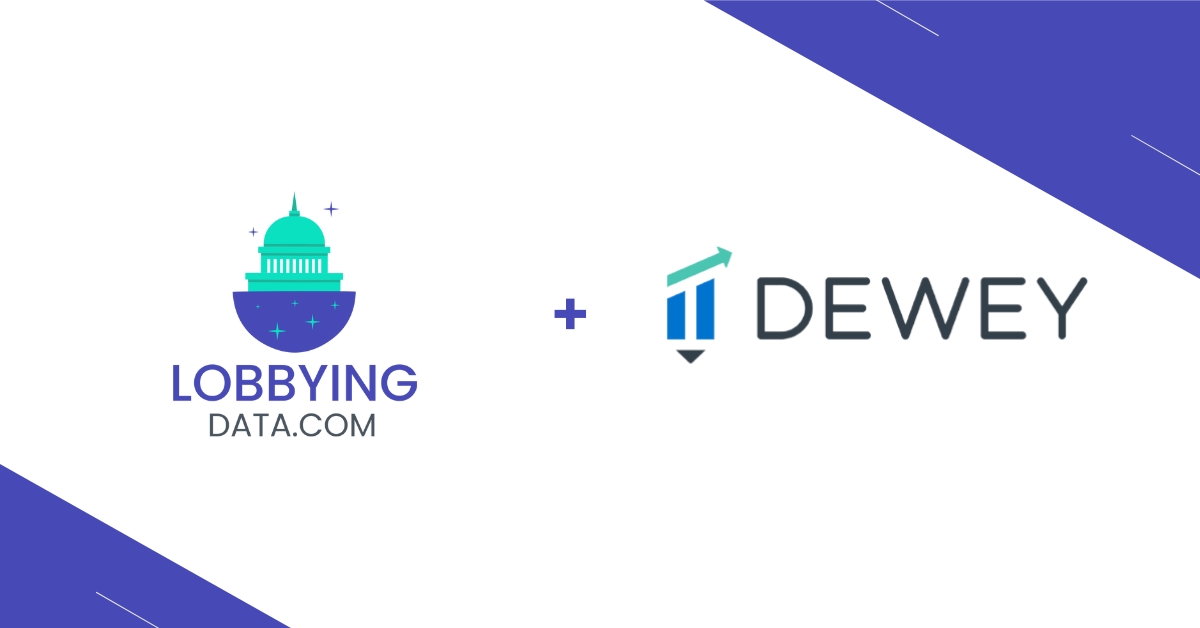Understanding Lobbying
Lobbying is the act of influencing decisions made by government officials or legislators. It involves persuading them to support certain policies or laws that benefit a particular group or organization. There are different types of lobbying, and each has its own unique approach. In this article, we will discuss the three main types of lobbying.
Type 1: Direct Lobbying
Direct lobbying is the most common type of lobbying. It involves direct communication between lobbyists and lawmakers or government officials. Direct lobbying can take place through different means, such as meeting with lawmakers in person, sending letters and emails, and making phone calls. The purpose of direct lobbying is to persuade lawmakers to support or oppose certain policies or laws.
Direct lobbying has its advantages and disadvantages. Its advantage is that it allows lobbyists to directly communicate with lawmakers. It is also a more effective way of influencing decisions compared to other types of lobbying. However, direct lobbying can also be costly and time-consuming. It also requires a vast network of contacts to be effective.
Type 2: Grassroots Lobbying
Grassroots lobbying involves mobilizing the public to influence government decisions. It involves engaging citizens to participate in the lobbying process. Grassroots lobbying can take different forms, such as organizing rallies and protests, creating awareness campaigns, and encouraging people to contact their elected representatives.
Grassroots lobbying has its advantages and disadvantages. Its advantage is that it creates a groundswell of support for a particular policy or law. It is also a more cost-effective way of lobbying compared to direct lobbying. However, grassroots lobbying can also be difficult to organize, and it requires a lot of effort to mobilize the public.
Type 3: Coalition Lobbying
Coalition lobbying involves the formation of alliances between different organizations to achieve a particular lobbying goal. This type of lobbying brings together different interest groups with the same goal and leverages their collective influence to achieve it. Coalition lobbying can take place at the local, state, or national level.
Coalition lobbying has its advantages and disadvantages. Its advantage is that it brings together different interest groups with the same goal. It also allows organizations to share resources and leverage their collective influence. However, coalition lobbying requires careful coordination and communication among the participating organizations.
Comparison: Pros and Cons of Each Type
Each type of lobbying has its own unique advantages and disadvantages. Direct lobbying is a more effective way of influencing decisions, but it can also be costly and time-consuming. Grassroots lobbying is more cost-effective, but it can also be difficult to organize. Coalition lobbying allows organizations to leverage their collective influence, but it requires careful coordination and communication among the participating organizations.
Conclusion: The Importance of Effective Lobbying
Effective lobbying is essential for any organization or group that wants to influence government decisions. Understanding the different types of lobbying and their advantages and disadvantages can help organizations choose the right approach to achieve their goals. Whether it is direct lobbying, grassroots lobbying, or coalition lobbying, the key to effective lobbying is careful planning, communication, and coordination.







